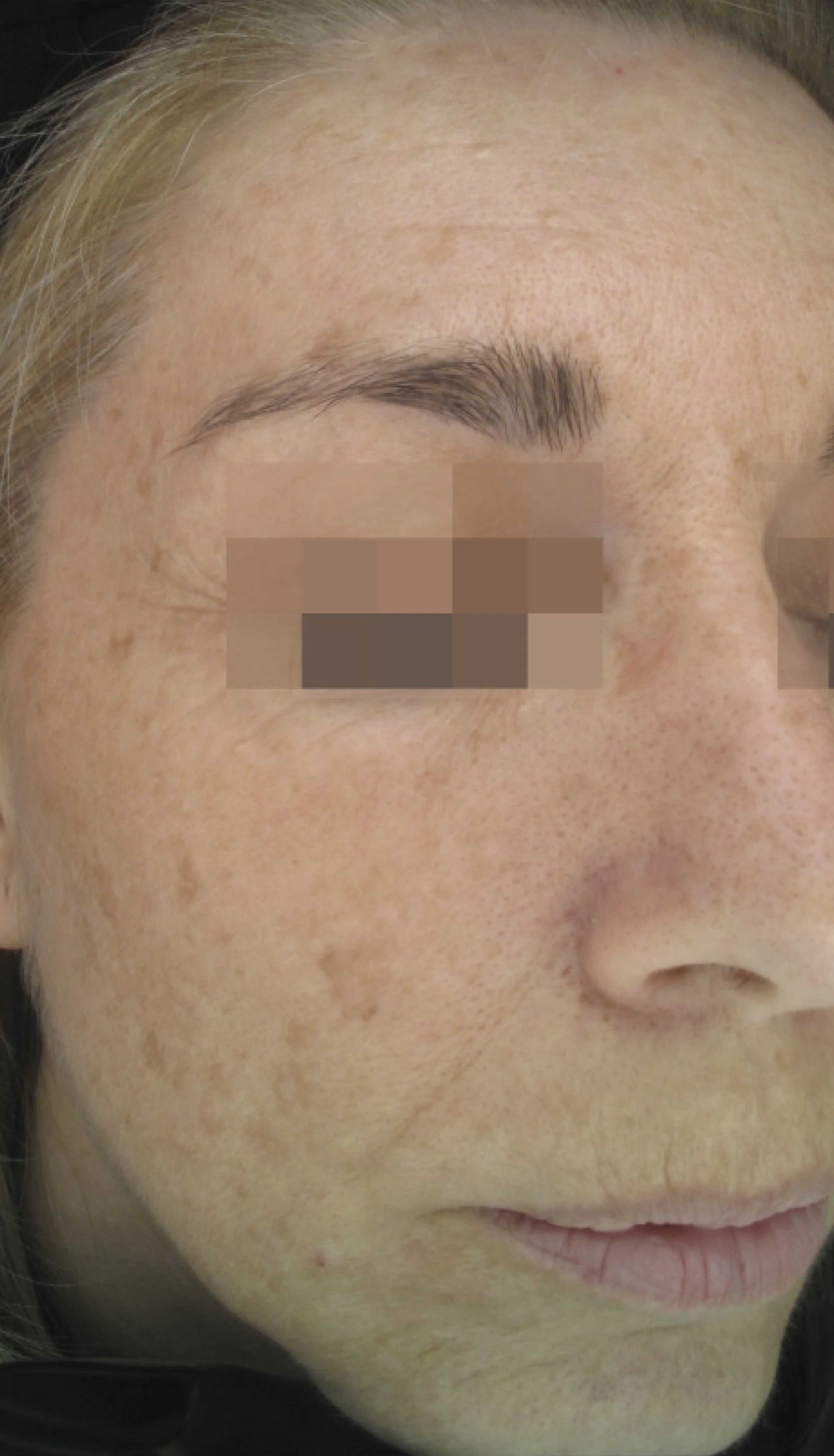Chemical Peel
Rejuvenate Your Skin with Our Advanced Chemical Peels
Discover the transformative power of our chemical peels, tailored to address your unique skin concerns. From mild to moderate treatments, we offer solutions for acne, signs of aging, sun damage, discoloration, fine lines, and wrinkles.
Cosmelan Professional Depigmentation
Expert Treatment for Hyperpigmentation
The Cosmelan Professional Depigmentation method is a highly effective treatment designed to reduce dark spots and hyperpigmentation. This method helps to even out skin tone and achieve a clearer complexion with minimal downtime.
Benefits of Cosmelan:
Effective for all skin types
Reduces dark spots and pigmentation
Evens out skin tone
Quick recovery time
AFTER
BEFORE
TESTIMONIALS
Frequently asked questions (FAQs)
-
A chemical peel is a cosmetic procedure that involves applying a chemical solution to the skin to exfoliate the outer layers and improve its appearance.
-
Chemical peels can help reduce the appearance of fine lines, wrinkles, acne scars, sun damage, hyperpigmentation, uneven skin tone, and rough texture.
-
Chemical peels help treat acne by exfoliating the skin and removing dead skin cells, which can clog pores. They can also reduce the formation of acne lesions, minimize the appearance of acne scars, and even out skin tone.
-
There are different types of chemical peels, including superficial peels, medium peels, and deep peels, each varying in strength and depth of penetration.
-
Chemical peels work by removing damaged skin cells and stimulating the regeneration of new, healthier skin cells, resulting in a smoother, more even complexion.
-
The procedure typically involves cleansing the skin, applying the chemical solution evenly to the treatment area, allowing it to penetrate for a specified time, and then neutralizing or washing it off.
-
Patients may experience a mild tingling or burning sensation during the application of the chemical solution, but discomfort is usually minimal and temporary.
-
Recovery time depends on the type and depth of the peel. Superficial peels may require minimal downtime, while deeper peels may involve several days to weeks of peeling and recovery.
-
Common side effects include redness, peeling, temporary sensitivity to the sun, and mild irritation. Rare complications may include infection, scarring, or changes in skin pigmentation.
-
The number of treatments depends on the individual's skin concerns and desired outcomes. Some patients may see improvement after a single treatment, while others may require multiple sessions for optimal results.
-
Ideal candidates for chemical peels are generally in good overall health and have realistic expectations about the outcome. A consultation with a qualified healthcare provider can help determine if a chemical peel is suitable for your skin type and concerns.
Pre and Post care for Chemical Peel
-
Avoid Sun Exposure: Limit sun exposure and use sunscreen regularly in the weeks leading up to your chemical peel appointment to reduce the risk of skin irritation and complications.
Discontinue Certain Products: Discontinue the use of retinoids, alpha hydroxy acids (AHAs), beta hydroxy acids (BHAs), and other exfoliating agents for at least one week before your chemical peel. These products can increase skin sensitivity and the risk of post-peel complications.
Inform Your Provider: Inform your healthcare provider about any medical conditions, allergies, or medications you are currently taking before undergoing a chemical peel. This information will help ensure your safety and optimal results.
-
Protect the Skin: Avoid sun exposure and protect the treated area with sunscreen (SPF 30 or higher) and protective clothing for at least one week after the chemical peel. Sun exposure can increase the risk of post-inflammatory hyperpigmentation and other complications.
Avoid Touching the Skin: Refrain from picking, scratching, or rubbing the treated area to prevent irritation, infection, and scarring. Let the skin heal naturally without interference.
Moisturize Regularly: Use a gentle, non-comedogenic moisturizer to keep the skin hydrated and promote healing after the chemical peel. Avoid products containing harsh ingredients or fragrances that may irritate the skin.
Be Gentle with Skincare: Use mild, non-abrasive cleansers and skincare products to cleanse and moisturize the skin following the chemical peel. Avoid harsh exfoliants and active ingredients until the skin has fully healed.
Stay Hydrated: Drink plenty of water to stay hydrated and support the skin's healing process. Hydration is essential for maintaining skin health and promoting optimal results after a chemical peel.
Follow Post-care Instructions: Follow any specific post-care instructions provided by your healthcare provider, including the use of prescribed medications, follow-up appointments, and recommendations for skincare products.
Be Patient: Allow time for the skin to heal and regenerate after the chemical peel. Results may not be immediate, and it may take several days to weeks for the full effects of the treatment to become apparent.
By following these pre and post-care instructions, you can minimize the risk of complications and maximize the results of your chemical peel treatment. If you have any questions or concerns about your skincare routine or recovery process, consult with your healthcare provider for personalized guidance and recommendations.




